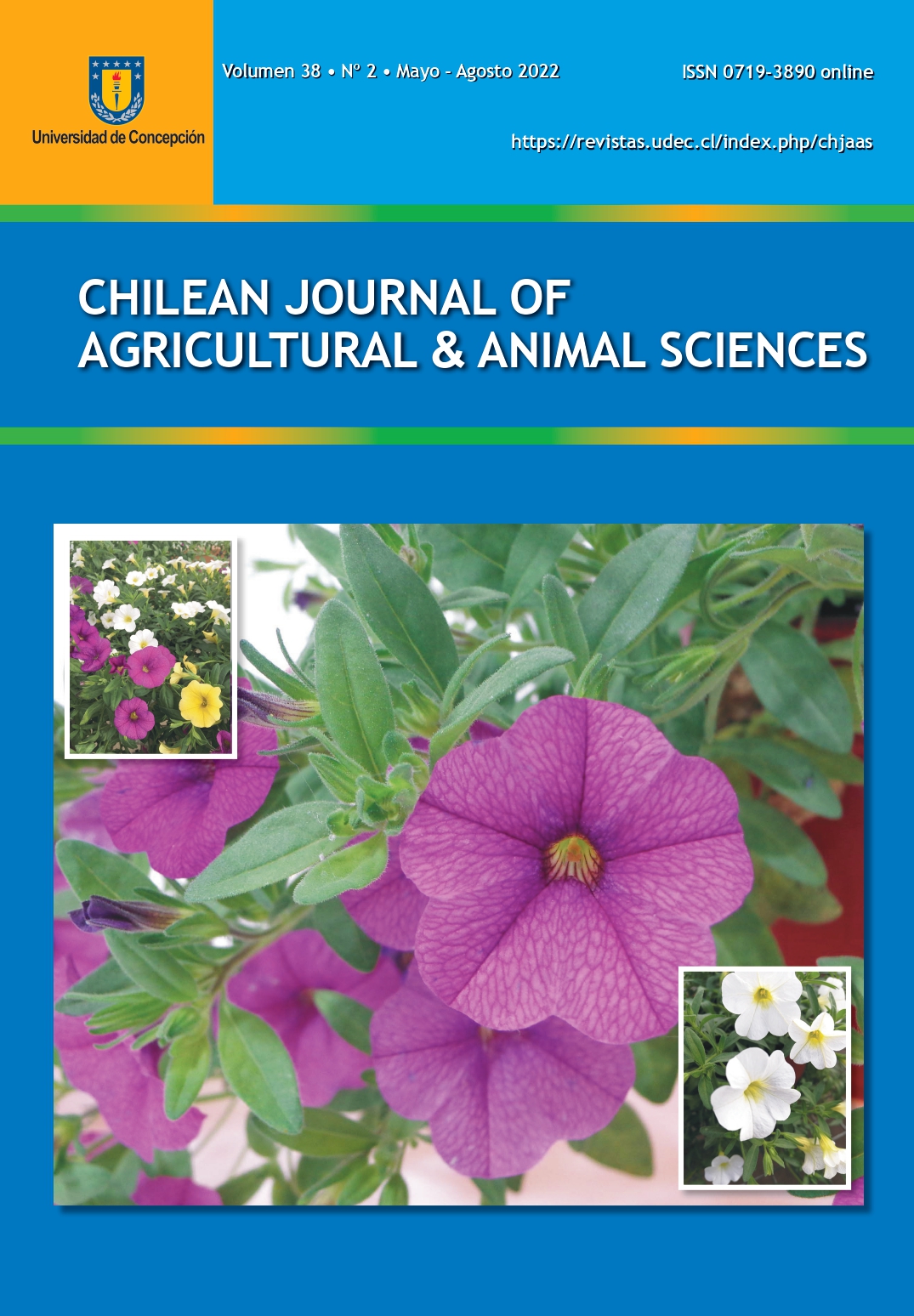AGRONOMIC YIELD AND ESSENTIAL OIL PROPERTIES OF PURPLE CONEFLOWER (Echinacea purpurea L. MOENCH) WITH DIFFERENT NUTRIENT APPLICATIONS
DOI:
https://doi.org/10.29393/CHJAA38-16AYAH20016Palabras clave:
Echinacea purpurea, fertilizer, foliar , GC-MS , nitrogenResumen
Echinacea purpurea is cultivated around the world due to its unique pharmacological effects. The aerial parts of the plant, especially its flowers, contain a wide variety of beneficial bioactive substances. The objective of this study was to evaluate the effect of different nutrient applications on the growth parameters, essential oil yield, and compounds of Echinacea purpurea L. Moench in Afyonkarahisar/Turkey. The experiment was conducted over a 3-year period (2016-18), including four experimental treatments (F0: control, F1: 75 kg ha-1 N; F2: 150 kg ha-1 N; and F3: 75 kg ha-1 N + foliar fertilizer). As a general result of five cuttings, F2 and F3 had a positive effect on agronomic yield. F2 and F3 recorded the highest plant height (91 and 90 cm, respectively) and yields for fresh bud (578 and 543 kg ha-1), dry bud (118 and 112 kg ha-1), fresh flower (8,595 and 7,449 kg ha-1), dry flower (2,021 and 1,745 kg ha-1), fresh herb (32,645 and 29,291 kg ha-1), dry herb (8,746 and 7,745 kg ha-1) and essential oil (4.55 and 3.57 L ha-1). Sesquiterpene hydrocarbons were the most abundant chemical group compound of E. purpurea essential oil. Germacrene D (20.4-50.6%) was the predominant constituent, recording its maximum level in F1. Other major compounds were ?-pinene, ?-myrcene, ?-humulene, ?- adinene, spathulenol, and ?-cadinol. The application of 150 kg ha-1 N as well as the combined use of 75 kg ha-1 N and foliar application of macro and micro elements resulted in the highest agronomic yield and essential oil production.
Descargas
Publicado
Cómo citar
Número
Sección
Derechos de autor 2022 Amir Soltanbeigi, Hasan Maral

Esta obra está bajo una licencia internacional Creative Commons Atribución 4.0.







